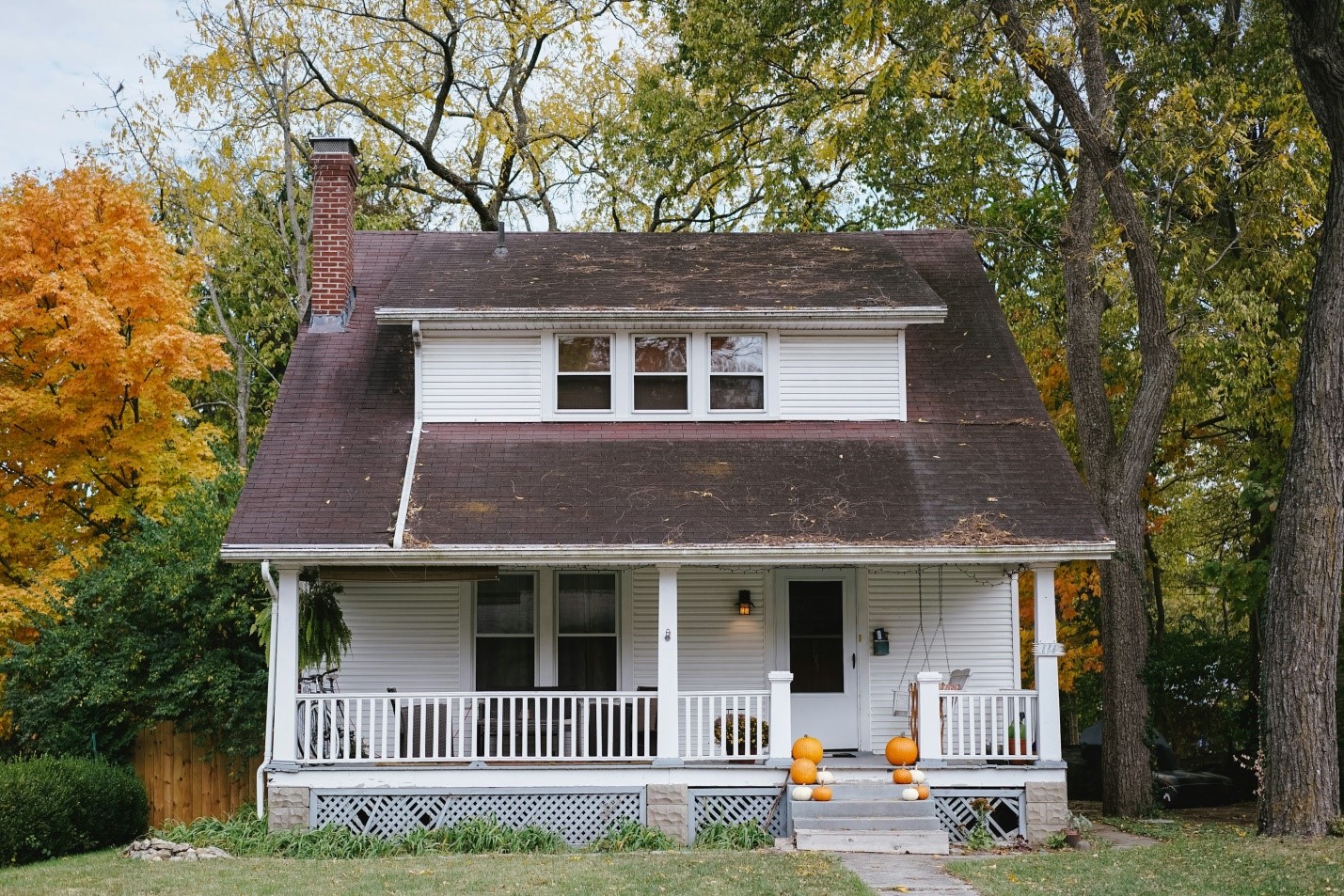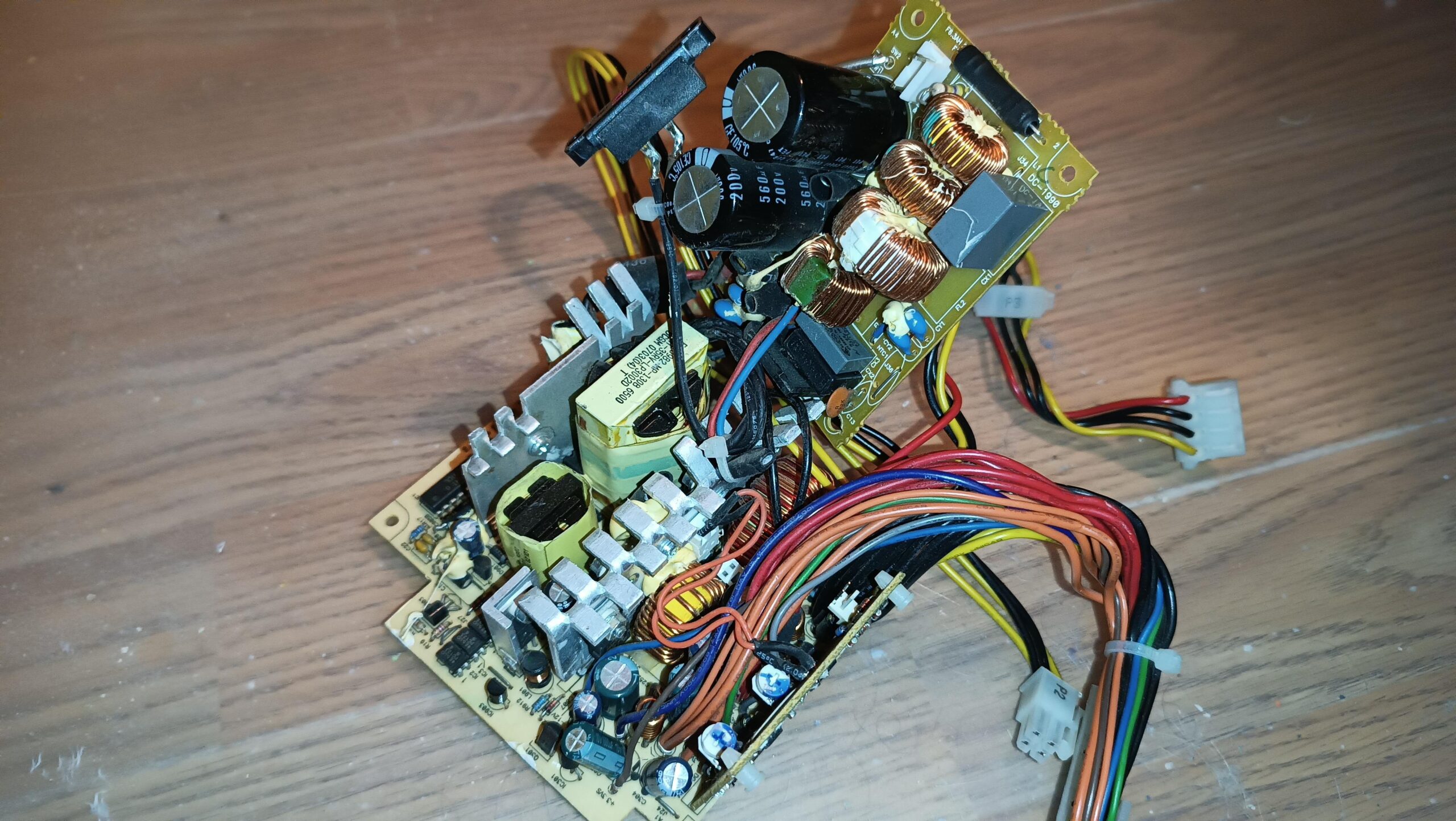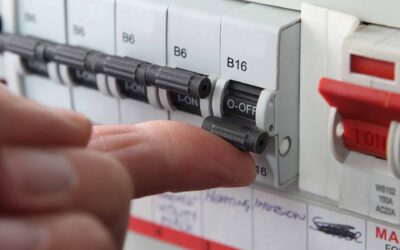Common Electrical Problems in Older
Homes and How to Fix Them
Do you cherish your old home and wish to stay here?
We all have great attachment with our homes, where we spent our childhood. They give a unique beauty that newer homes lack. However, we cannot neglect the special challenges that older homes have,especially their electrical systems. By the time, these wirings or parts can wear out, become outdated, or fail to meet safety standards.
In this blog, we will look at common electrical problems in older homes and learn how to fix them, so you can enjoy your childhood home safely
1. Obsolete Electrical Wiring
Issue: Many of our older homes have old outdated wiring systems. These systems were made according to that time, but in this modern world they can present critical dangers that we are not aware of.
Fix: Replacing outdated wiring is essential. This often requires a full electrical system upgrade:
- Hire a Licensed Electrician: Only a licensed electrician should handle wiring replacements due to the complexity and safety concerns.
- Rewiring the Home: Modernize the wiring with copper wires, which are safer and more efficient.
- Install Ground Fault Circuit Interrupters (GFCIs): These should be installed in areas with moisture, such as kitchens, bathrooms, and basements.
2. Inadequate Electrical Limit
Issue: Older homes were not intended to handle the electrical load of contemporary machines and gadgets. Various older homes have 60-amp or 100-amp organization, which is missing for the current necessities.
Fix: Overhaul the electrical support of at least 200 amps to guarantee satisfactory limit:
- Service Panel Upgrade: Install a new service panel with higher capacity.
- Circuit Breaker Installation: Replace old fuse boxes with circuit breakers to handle modern electrical loads and provide better protection.
3. Frequent Circuit Breaker Trips
Issue: Circuit breakers trip when there is an overload, short out, or ground issue. Regular stumbling in older homes frequently demonstrates overloaded circuits or disintegrating wiring.
Fix: Identify and address the cause of the overload:
- Distribute the Load: Ensure appliances are evenly distributed across multiple circuits.
- Add More Circuits: If certain areas, like the kitchen, are overloading the circuit, add more circuits to distribute the load.
- Inspect for Faults: Have an electrician inspect for short circuits or ground faults and fix any wiring issues.
4. Lack of Grounding
Issue: Older homes frequently need legitimate establishing, expanding the gamble of electrical shocks and fire risks. Establishing gives a way to overabundance electricity to disseminate into the earth securely.
Fix: Update the electrical system to ensure proper grounding:
- Grounding System Installation: Install grounding rods and connect them to the electrical panel.
- Replace Outlets: Replace two-prong outlets with three-prong grounded outlets.
5. Old and Broken Down Electrical Parts
Issue: Switches, outlets, and apparatuses in older homes can wear out over the long run, turning out to be free or breaking down. Broken down parts can prompt starts, shorts, or flames.
Fix: Replace old and worn-out components:
- Switches and Outlets: Replace outdated switches and outlets with new, modern components.
- Fixtures: Update light fixtures and other electrical appliances to ensure they meet current safety standards.
6. Absence of Arc Fault Circuit Interrupters
Issue: Older homes commonly need AFCIs, which safeguard against electrical flames brought about by circular segment flaws. Bend shortcomings happen when there is a breakdown in the wiring, prompting focused energy releases.
Fix: Install AFCIs in critical areas:
- Upgrade Circuit Breakers: Replace standard circuit breakers with AFCI breakers in the electrical panel.
- Install AFCI Outlets: Use AFCI outlets in living rooms, bedrooms, and other areas prone to arc faults.
7. Overloaded Electrical Outlets
Issue: Older homes frequently have less electrical outlets than required, prompting the exorbitant utilization of plug extensions and additional lines, which can overload the circuits.
Fix: Increase the number of electrical outlets:
- Install Additional Outlets: Have an electrician add more outlets in areas with high electrical usage.
- Avoid Overloading: Use outlets responsibly and avoid daisy-chaining power strips.
8. Lack of Modern Safety Features
Issue: Older electrical systems need current security highlights like alter safe outlets and GFCIs in required areas
Fix: Incorporate modern safety features:
- Tamper-Resistant Outlets: Install these in homes with children to prevent accidental insertion of foreign objects.
- GFCIs and AFCIs: Ensure GFCIs are installed in all wet areas and AFCIs in bedrooms and living areas.
Do’s and Don’ts
| Do’s | Don’ts |
| Get a Certified Electrician: Always recruit a licensed electrician to check and fix electrical issues. |
Fix Electrical Problems Yourself: Don’t attempt to fix electrical problems in the event that you are not a specialist. |
| Update Old Wiring: Supplant old wiring like with current copper wiring. |
Ignore Cautioning Signs: Don’t overlook incessant circuit breaker trips, glimmering lights, or burning smells. |
| Use GFCIs and AFCIs: Introduce GFCIs and AFCIs for extra safety |
Overload Outlets: Don’t overload outlets with such a large number of gadgets or utilize different plug extensions together. |
| Increase Electrical Breaking point: Update your electrical system to somewhere near 200 amps for present day use | Disregard Conventional Surveys: Don’t keep away from standard electrical inspections, especially if your home is over 30 years old |
| Ensure Real Laying out: Guarantee your electrical system is suitably grounded to prevent shocks and flames. | Utilize Two-Prong Outlets: Don’t use old two-prong outlets; supersede them with safer three-prong outlets |
| Supplant Broken Down Parts: Routinely supplant old switches, outlets, and installations to forestall problems | Utilize Old Electrical Installations: Don’t continue to utilize old apparatuses and parts that may not be protected |
| Add More Outlets: Increment the quantity of outlets to try not to abuse plug extensions and electrical ropes. | Disregard Wellbeing Redesigns: Remember to add current security highlights like alter safe outlets and AFCIs. |
| Disseminate Electrical Load: Ensure apparatuses and gadgets are fanned out across different circuits. | Overlook Proficient Assistance: Make sure to an expert for guidance and fixes. |
| Follow Building regulations: Ensure all electrical work follows flow construction standards and guidelines. | Accept More established Systems Are Protected: Don’t expect that old electrical systems are protected and don’t require refreshes. |
| Focus on Security: Consistently put wellbeing first and ensure your electrical system fulfills present day guidelines. | Defer Fundamental Redesigns: Don’t put off essential electrical overhauls or fixes |
Conclusion
Fixing electrical problems in older homes needs a cautious and careful look. Security and following current standards are key things. Standard checks by authorized electricians can find and fix hazards, keeping the electrical system protected and effective. Refreshing old wiring, expanding electrical limit, and adding modern safety features can assist homeowners with enjoying in their old home’s appeal without forfeiting security and convenience.
Contact us
For help with your old home’s electrical issues, contact BassElectric. Our licensed electricians can upgrade and fix your electrical system to keep it safe and up-to-date. Don’t risk your home’s safety—call BassElectric today for a consultation and professional service.
Recent Post
How Often Should I Get My Home’s Wiring Checked? Your Essential Safety Guide
How Often Should I Get My Home’s Wiring Checked? Your Essential Safety GuideDiscovering...
Do You Need a Commercial Electrician for Office Fit-Outs and Renovations?
Do You Need a Commercial Electrician for Office Fit-Outs and Renovations?Renovating or fitting out...
RCD Switch vs. Circuit Breaker: What’s the Difference? (And Why Your Life Might Depend on It)
RCD Switch vs. Circuit Breaker: What’s the Difference? (And Why Your Life Might Depend on...
5 Overlooked Electrical Safety Tips Every Construction Site Should Implement
5 Overlooked Electrical Safety Tips Every Construction Site Should Implement Construction sites...






